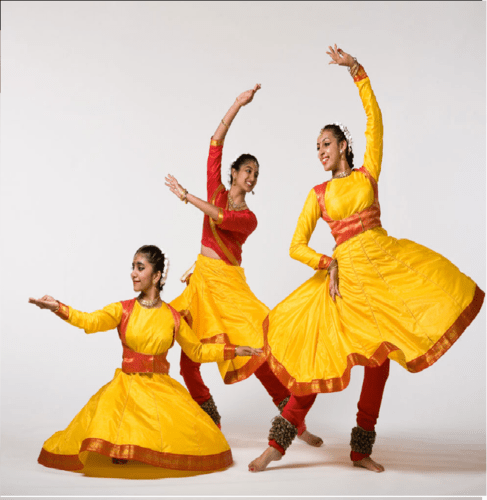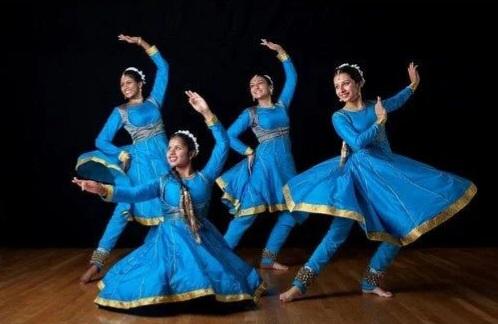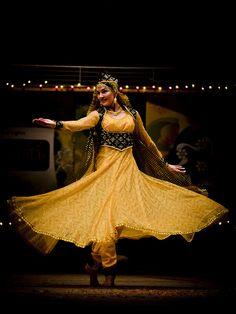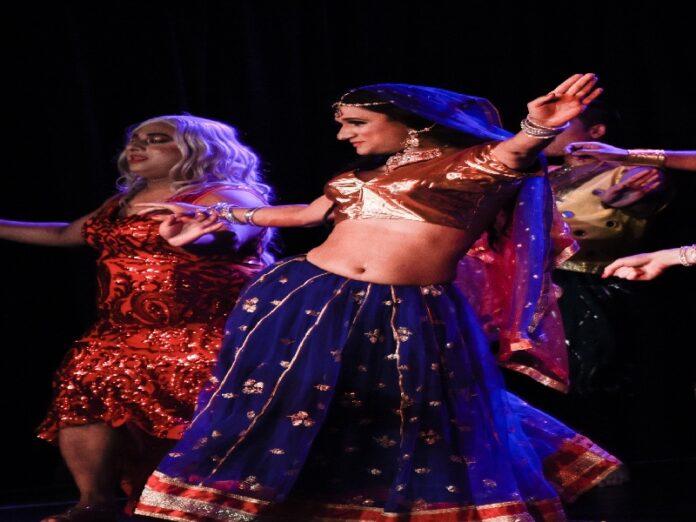Mujra classical dance is becoming a new craze in Hyderabadi lavish nawabi parties. As Mujra closely associate with obsence dancing and sex trade hence it always comes on police radar.
Mujra is a traditional Indian dance form that originated in the Mughal era. It is a sensual and graceful dance that is often performed by women. Mujra is often associated with lavish parties and social gatherings. In recent years, there has been a high demand for mujra in Hyderabad. This is likely due to the city’s rich cultural heritage and its status as a major economic center.

There are a number of reasons why mujra is so popular in Hyderabad. First, the city has a long history of mujra performances. Mujra was first introduced to Hyderabad by the Mughals in the 16th century. The dance quickly became popular among the city’s elite and was often performed at royal courts and other lavish events.
Second, Hyderabad is a major economic center. The city is home to a number of wealthy businessmen and industrialists who are able to afford to hire mujra dancers for their parties. Mujra is seen as a status symbol among the wealthy, and it is often used to impress guests and business associates.
Third, Hyderabad is a city with a rich cultural heritage. The city is home to a number of historical monuments and cultural institutions, which contribute to its vibrant cultural scene. Mujra is seen as an integral part of Hyderabad’s culture, and it is often performed at cultural events and festivals.
The high demand for mujra in Hyderabad has led to the growth of a mujra industry in the city. There are a number of mujra troupes that operate in Hyderabad, and they often perform at parties, weddings, and other events. The mujra industry is a lucrative business, and it employs a large number of people, including dancers, musicians, and choreographers.
Following a recent raid on a dance bar in Ranigunj, #Khabarlive found that there is a high demand for mujra dances in the city, with around 70 per cent of the parties in the city having a mujra dance as a status symbol, sources said.

Munni Begum, a mujra organizer, said that the influx of bachelors from other states had dramatically raised the demand for obscene and nude dances that are otherwise organised in mostly rural settings.
“Mujra dances are secretly organised in private places that the police can’t even imagine. For one hour, we charge Rs 80,000 for two women dancers. If the customer wants dances for an all-night party or more dancers, the cost can go up to Rs 3 lakh,” she said.
Ninety-seven-year-old Habeen Khan alias Ghumman bhai, who had organised mujra dances for royalty, said that mujra dances are transforming into obscene dances, with women dressed scantily and dancing on poles or at customers’ tables.
Khan said that obscene dances should be banned, terming traditional mujra a classical art form if done correctly.
Historians said that while the mujra was popular during the Nizam rule, the dancers’ families were badly hit after it ended. Some of them, it was said, turned to the sex trade. Subsequently, over 130 families left the city for Lucknow after a crackdown by the police.

Shamshad Begum, a mujra organiser, said that 14 families were currently dependent on the mujra, but that they have to perform obscene dances too to make a living.
“These families not only perform mujra in the city and suburbs, but also in other countries, especially Dubai and the Gulf. We have relatives in Mumbai, Lucknow, Bihar and Bengaluru too. We do not encourage prostitution; our dancers are decent and we take bookings from selected customers. We charge around Rs 2.5lakh to Rs 4 lakh per programme,” Shamshad Begum said.
Organisers, however, said there was only demand for obscene dances and these were organised under the guise of mujra parties at residences or farmhouses in Moinabad, Manneguda, Chevella, Kompally, Ghatkesar and Abdullapurmet.
Kareemunnisa Begum alias Suraiya, who used to be a mujra dancer, said: “When I was a kid, I used to see my mother wearing the ‘ghungru’, applying mehndi and carrying a shining German silver pan box on several occasions. She used to say ‘Aaj Nawab sahab aa rahe hai (Nawab is visiting us today)’.”

A police officer acquainted with the issue said: “We have formed special operation teams (SOTs) to keep an eye on obscene dances, gambling, prostitution and recently arrested a kingpin and rescued a victim.”
“We have installed cameras on sub roads leading to farmhouses and monitor them from the police station. Apart from that, our SOTs are in the field and have drastically developed their network,” the officer said.
The popularity of mujra in Hyderabad has also led to some controversy. Some people argue that mujra is a form of prostitution, and that it is demeaning to women. Others argue that mujra is a harmless form of entertainment, and that it should be allowed to continue.
Despite the controversy, mujra remains a popular form of entertainment in Hyderabad. The dance is seen as a symbol of the city’s rich cultural heritage, and it is often performed at lavish parties and social gatherings. #hydnews #khabarlive







